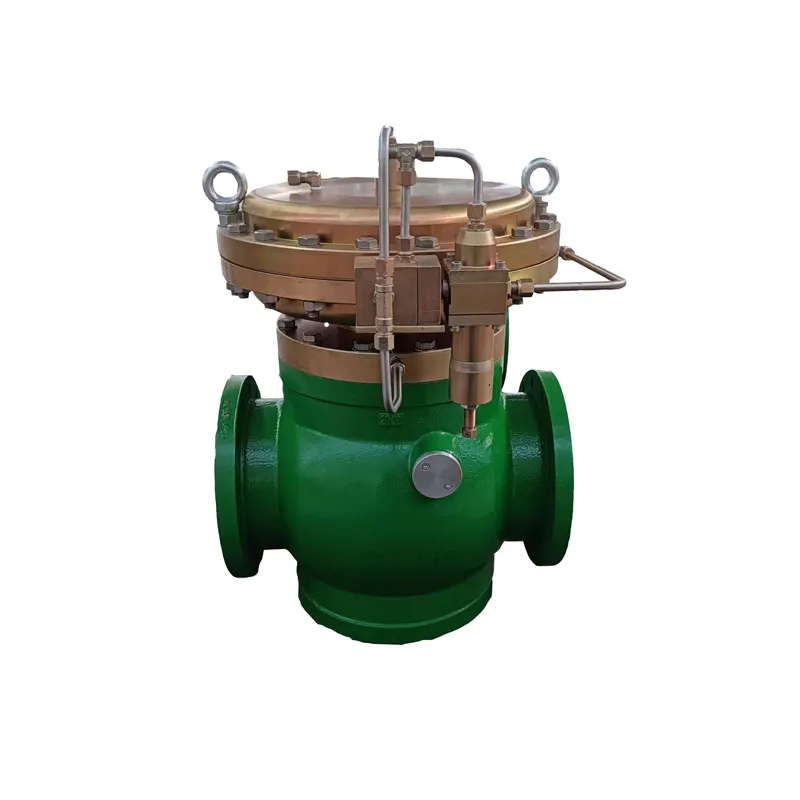
12 月 . 06, 2024 18:17
Back to list
coalescing filter
Understanding Coalescing Filters A Key Component in Fluid Mechanics
In the realm of fluid mechanics and filtration technologies, coalescing filters play a vital role in ensuring the purity and efficiency of various systems. These filters are specifically designed to separate and remove water or other contaminants from liquids, particularly fuels and oils. Their primary function is to coalesce small droplets of water or particulate matter into larger droplets, making them easier to capture and remove.
How Coalescing Filters Work
Coalescing filters operate on a straightforward principle. When a fluid containing small droplets of water or other contaminants passes through the filter, the filter media traps these droplets. As the fluid continues to flow through, the trapped droplets can merge, or coalesce, with one another, forming larger droplets. Once these droplets reach a sufficient size, they become heavy enough to overcome the buoyancy forces and settle out of the fluid stream.
Typically, coalescing filters utilize a multi-layered media structure, which can include various materials such as glass fiber, synthetic fibers, or a combination of both. The specific design of the media can enhance the efficiency of the coalescing process, allowing for a higher percentage of contaminants to be removed from the fluid.
Applications of Coalescing Filters
Coalescing filters have diverse applications across various industries. They are commonly used in the petroleum industry to purify fuels by removing water, which can lead to corrosion and other detrimental effects in engines and equipment. Likewise, in the food and beverage industry, these filters help ensure that oils and other liquids remain free from water and particulate matter, thereby maintaining the quality and safety of products.
Additionally, coalescing filters are crucial in manufacturing processes requiring high-purity fluids. In pharmaceuticals and chemical manufacturing, for instance, the presence of even trace amounts of contamination can lead to product failure. Therefore, the use of coalescing filters is essential to maintain the integrity of these processes.
coalescing filter

Benefits of Coalescing Filters
1. High Efficiency Coalescing filters can effectively remove very fine particles and small droplets of water, often achieving separation efficiencies of 99% or more.
2. Extended Equipment Life By removing harmful contaminants from fluids, coalescing filters can significantly extend the lifespan of machinery and equipment, reducing maintenance costs and downtime.
3. Improved Performance Clean fluids ensure optimal operation of engines and equipment, leading to better performance and fuel efficiency.
4. Cost-Effective While there may be an initial investment in coalescing filter systems, the long-term savings gained from reduced maintenance and increased efficiency often offset these costs.
Future Trends in Coalescing Filtration Technology
As technology advances, the design and efficiency of coalescing filters continue to improve. Innovations such as nanofabric filters and advanced polymer materials are being explored to enhance filtration performance further. Moreover, the integration of automation and smart technologies into filtering systems is becoming more common, allowing for real-time monitoring of filter performance and simplifying maintenance.
In conclusion, coalescing filters are an essential component in various industries, offering a reliable method for ensuring fluid purity and protecting equipment. Their ability to effectively remove water and other contaminants makes them invaluable in maintaining the efficiency and longevity of systems that rely on clean fluids. As technology evolves, coalescing filtration systems are set to become even more efficient and integral to modern industrial processes.
Next:
Latest news
-
Unlocking The Quality Gas Pressure ReducersNewsNov.01,2024
-
The Role of Gas Pressure Reducing StationsNewsNov.01,2024
-
The Importance and Functionality of Safety Relief ValvesNewsNov.01,2024
-
The Essential Role of Safety Valves in Natural Gas ApplicationsNewsNov.01,2024
-
The Essential Role of Gas Pressure RegulatorsNewsNov.01,2024
-
Enhance Your Premium Gas FiltersNewsNov.01,2024

